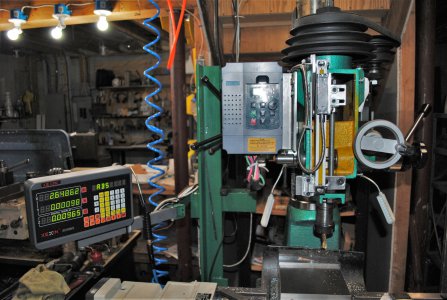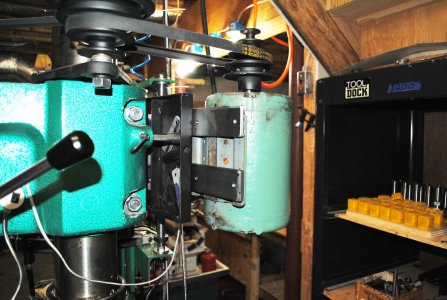I have a supermax clone with an old rather large dual speed motor. Or multiple pole motor or whatever their called. I want to run a vfd. I can see how that might complicate the install. The motor is rather huge for its 2 HP rating, probably double of most motors its HP. I'm wondering how essential that size is, considering I have a much smaller three horsepower baldor I'd love to swap in its place. Is it providing a considerable amount of rigidity? I mean it's ran from a belt so I'm not sure how much it would matter?
It's a 100L motor i have a 143c. I would certainly have to make an adapter plate. I am sure the original motor is probably 40 years old. The new motor looks relatively recent.
It's a 100L motor i have a 143c. I would certainly have to make an adapter plate. I am sure the original motor is probably 40 years old. The new motor looks relatively recent.


